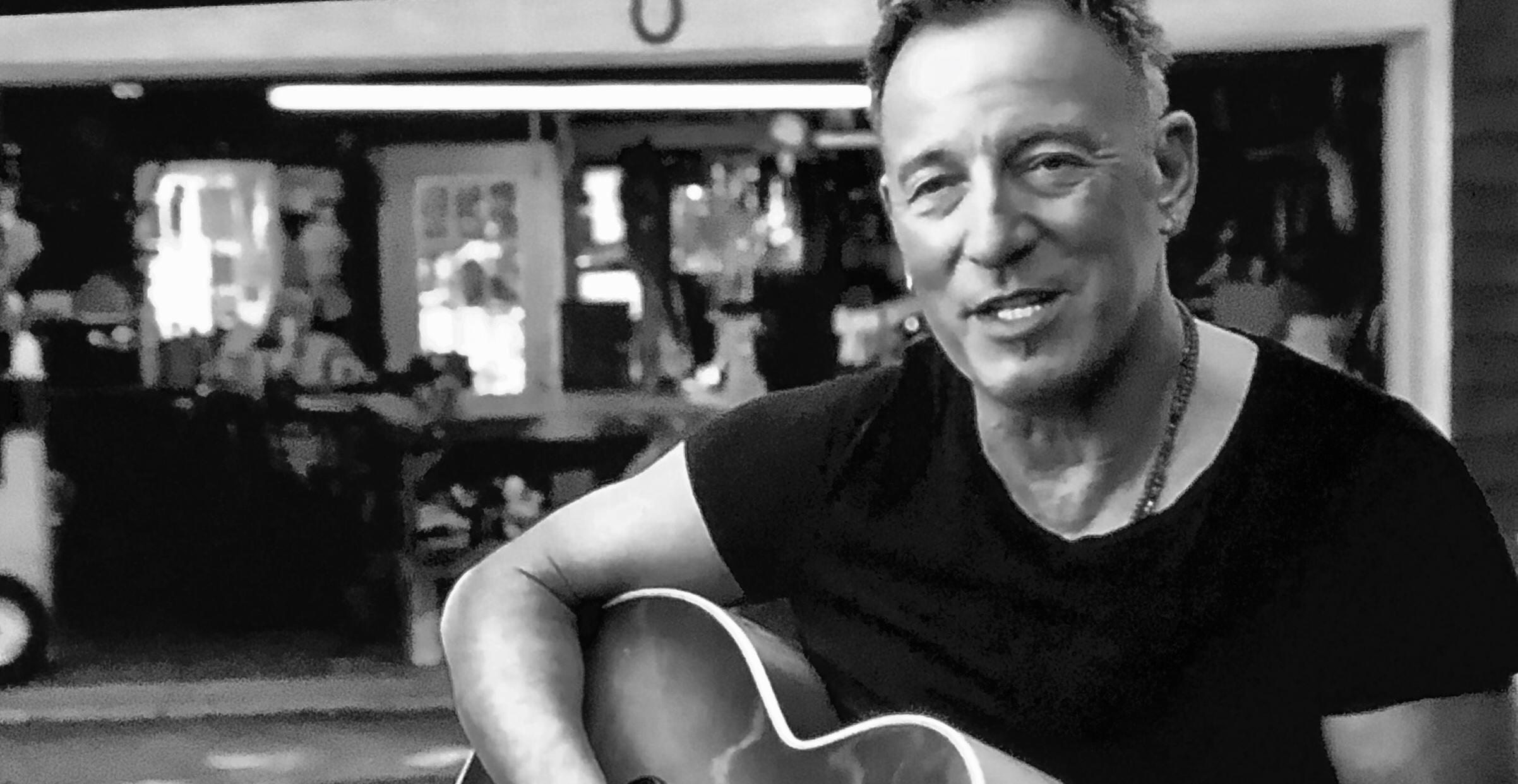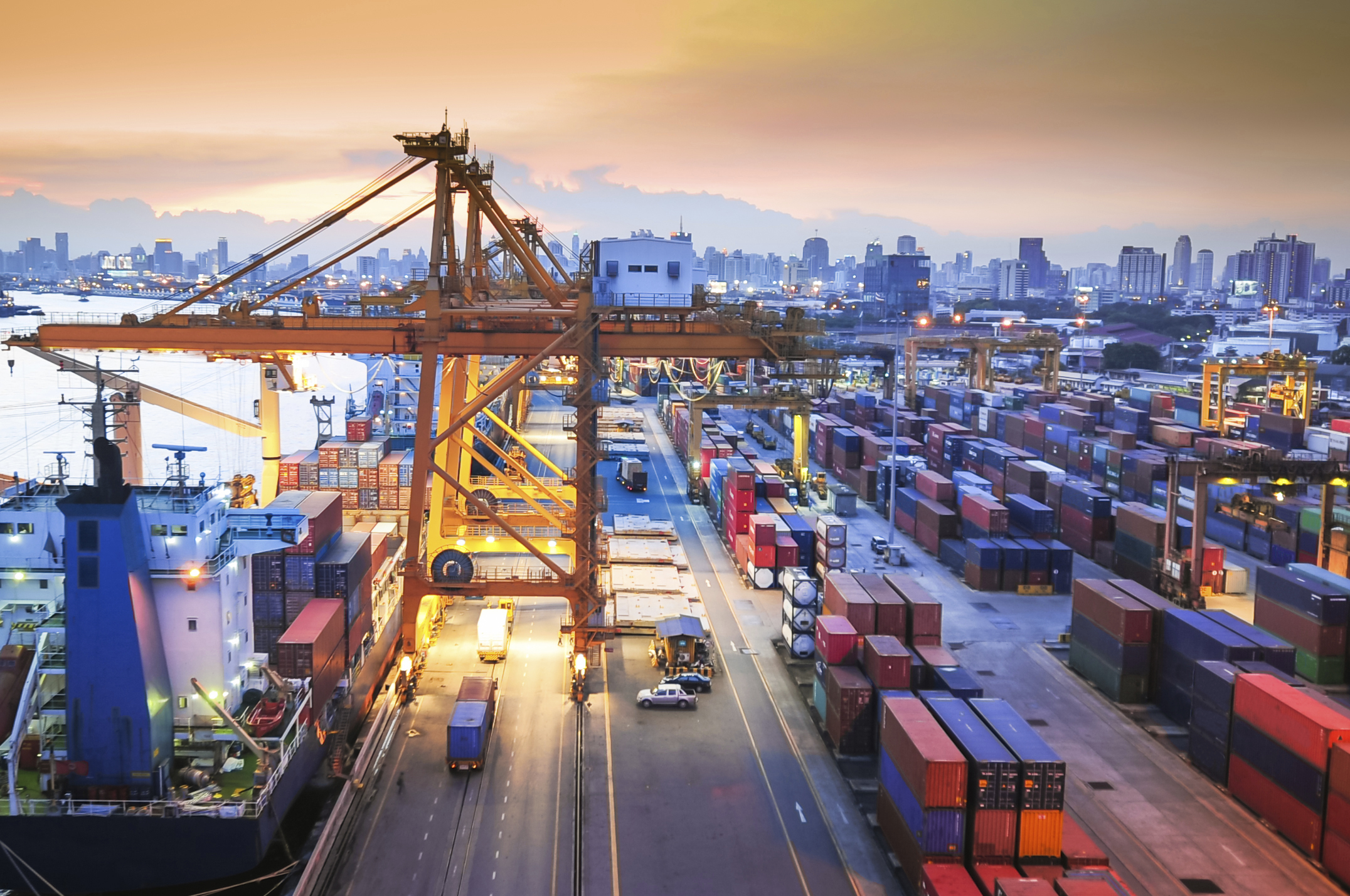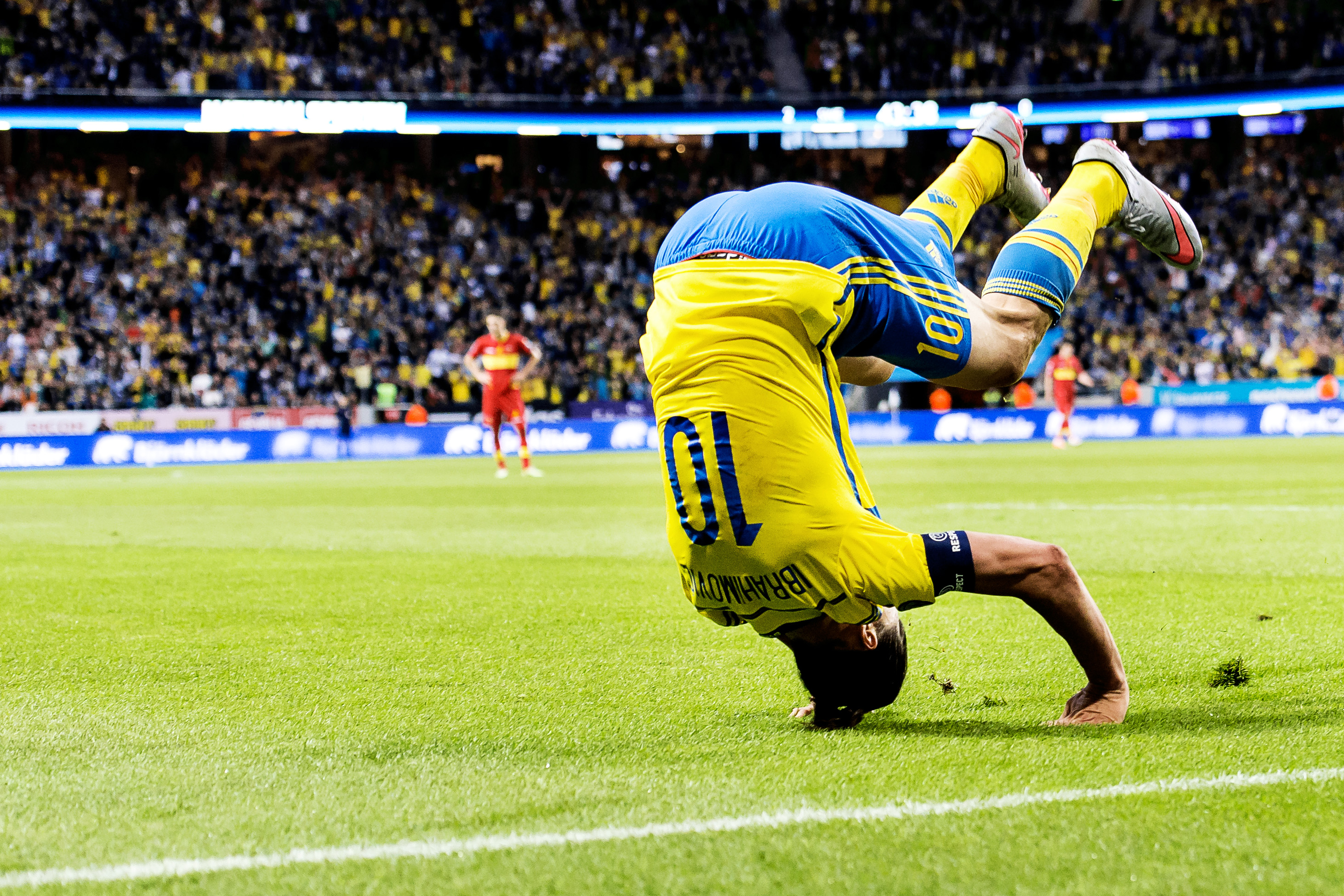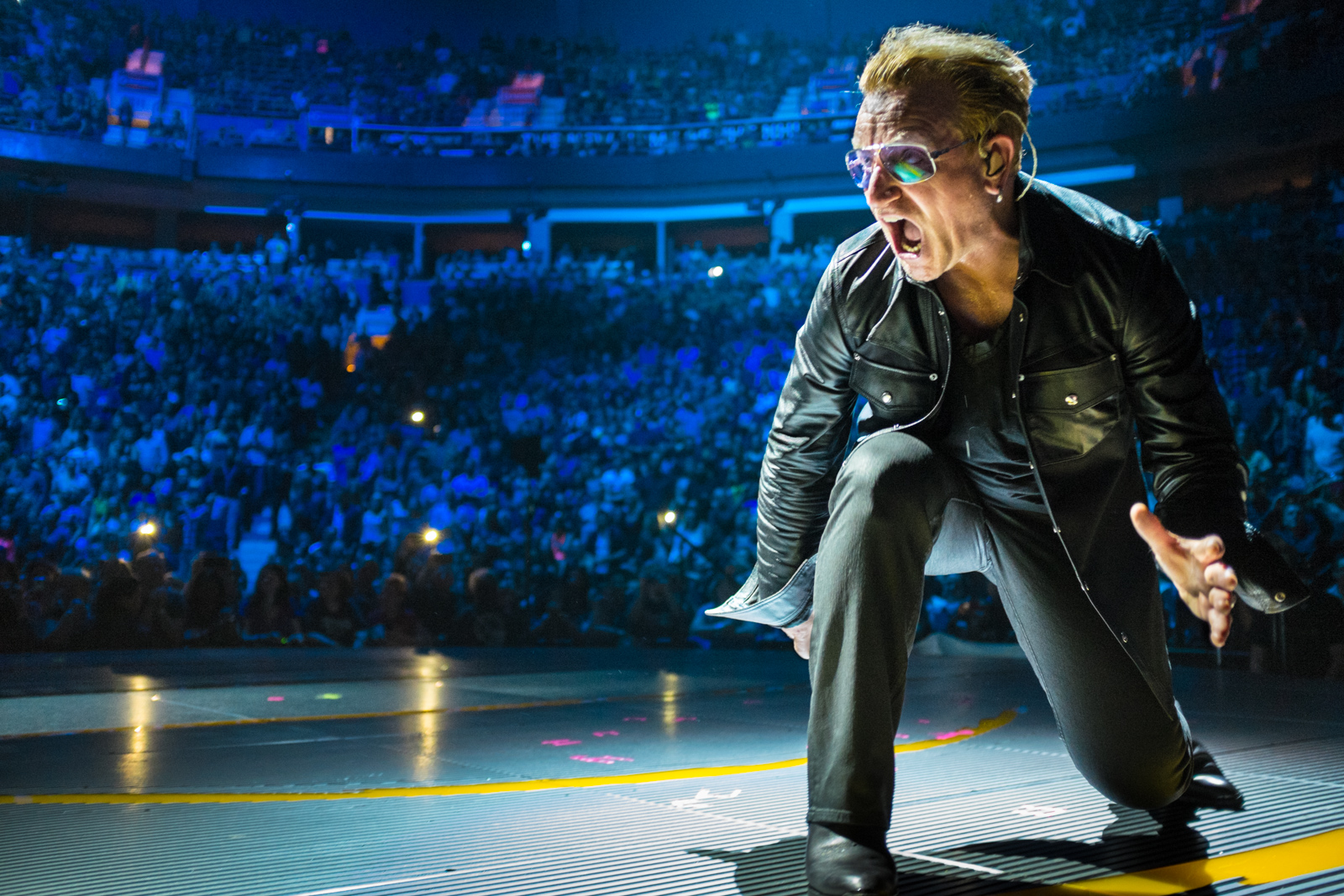It is no small irony that as global trade grows at the healthiest clip in years, trade tensions escalate to levels not seen in decades. In 2017, trade expanded at its fastest annual pace in six years, growing 4.7%. Export growth was robust in every region of the world last year as exports in Asia grew by 10.7%, in North America by 7.3% and in Latin America by 13% – the kind of synchronised growth that we haven’t seen in a decade.

As impressive as these figures are, with their positive implications for economic growth and job creation, actions taken by governments to restrict trade could derail these post-crisis gains and pose a real threat to the global economy. It is therefore vital that the current tensions do not escalate further.
As yet, much of the current anti-trade rhetoric has not translated into action. However, the rhetoric itself can be damaging. The mere threat of trade sanctions can spook markets, divert trade flows and affect prices in ways that curtail economic growth, and some warning lights are already starting to blink. For example, purchadinh managers’ indices show a sharp slowdown in export orders since January this year.
To appreciate the intrinsic danger posed by rising trade tensions we have to consider the interconnected nature of today’s global economy. Nearly two-thirds of goods traded have components that were made in at least two different countries. As the economist Richard Baldwin argues, erecting trade barriers in this economy is like building a wall in the middle of a factory.

These production chains have grown in part because the global trading system offers a stable and predictable environment in which to conduct business. This stability should be highly prized – indeed, it is the pillar on which decades of growth and development have been built. Thanks to this system, businesses can plan their investments with a degree of certainty – they know what the rules will be and can forecast their costs based on stable tariffs. The same applies for governments. Yet continued stability in trade is largely taken for granted. I deal with trade ministers on a daily basis, but it’s very rare that I have a finance minister on the phone asking about the outlook for the global trading system. With goods and services exports representing 28% of global GDP, the stability of global trade is the great assumption at the heart of economic plans in treasuries around the world.
Imagine a scenario where that pillar started to fracture. What if tariff levels were no longer bound at the historically low levels we see today, if we could not rely on members honouring their services commitments, or if the system of settling trade disputes was undermined? Certainly the consequences would be dramatic. If, for example, tariffs returned to the levels before the multilateral trading system was created we could see trade flows fall by 60%, while the global economy could contract by 2.4%. That’s even bigger than the contraction after the 2008 crisis – the biggest crisis we’ve seen for 80 years. It’s an extreme example, but it shows just how important the trading system is.
The system may not be perfect, but it works. We need to ensure that it continues to do so. Otherwise we would put the strong growth and recovery that I mentioned above at risk.

At the same time, we must listen to the concerns that lie behind the moves to restrict trade. Among other things, we must address government-introduced distortions that lead to overcapacity and other imbalances which are at the core of trade and political tensions. Moreover, the anxieties felt by workers are real and must be addressed. Jobs have been lost in manufacturing and in agriculture production. But the majority of these jobs, around 80%, have been lost due to automation and new technologies, rather than trade. These are structural changes and this phenomenon is global – it is not only happening in the advanced economies. McKinsey research suggests that by 2030 manufacturing jobs will fall by 22% in China and 15% in India. Technology is the force that is driving economic change today. A misdiagnosis of this situation, which leads us to choke off global trade, would only bring greater harm.

The fact is we are entering a new economic era. This demands a response of appropriate magnitude. It demands new thinking. Governments will need to look afresh at how they support and train their workers to equip them for this brave new world. International institutions which underpin the global economy will also have to evolve – and that includes the WTO. But one thing will not change. Cooperation will remain the best way to tackle the biggest challenges we face – and the best way to support the growth and development that benefits us all. This cooperation is our most precious resource – and in the years to come I will be working to ensure that we see more of it, not less.
Source: The Guardian, WTO, Roberto Azevedo
I was watching Thom Zimnys documentary about the creation of Bruce Springsteens ‘The River’ album 1980. Magic TV with unplugged versions and unique comments from The Boss.

Bruce Springsteen tells his provate story about the recording of The River, the best double album ever made. He shares anecdotes and personal stories, while offering the songs in a very intimate vintage. Bruce and his acoustic guitar, on his garage, simply.
The documentary. ‘Bruce Springsteen – The ties that bind’, shows amazing unpublished pictures, unheard demos and outtakes. It is close, it is unique and it is outstanding TV.
When Springsteen tells about how he write the last verse of Point Blank, it is just one of those moments you never forget.
In addition, Bruce Springsteen tells us about his life and creativity.
For a Springsteen fan it is a gift. For everybody else, just something you can’t miss.
Here are 20 funny statistics about the FIFA 2018 World Cup starting in Russia in a few days.
16
Manchester City has more players in World Cup than any other club team (16), closely followed by Real Madrid (15), FC Barcelona (14), Paris Saint-Germain, Chelsea and Tottenham (all 12).
736
A total of 736 players from 311 clubs have been awarded the World Cup in Russia – remarkable is that Leicester (8) has more participating players than both Arsenal (7) and Liverpool (7).
29
29 years, 203 days – Costa Rica has the world’s oldest player group with 29 years and 203 days on average. Mexico, Panama, Argentina and Egypt also twist them 30-line.
25
25 years, 337 days – Nigeria has the World Cup’s youngest squad and includes 19-year-old goalkeeper Francis Uzoho. France, England, Tunisia and Serbia land all four in over 26 years.
49
So many players in this year’s World Cup were born in France. In addition to the French national team, there are mainly France-born players in Morocco, Tunisia and Senegal.
186
Serbia is together with Germany, Sweden and Iceland’s longest national team with an average length of 186 cm. Denmark, with its 185 cm in average length, has the World Cup’s longest player in Jannik Vestergaard (199 cm). Even Belgium goalkeeper Thibaut Courtois measures 199 cm. In the Swedish team, Robin Olsen is 198cm long.
177
Saudi Arabia has the world’s shortest squad group with an average of 177 cm. Peru (178), Japan (178), Argentina (179) and Mexico (179) complete the top five. The shortest player in the championship is Saudi Arabia Yahya Al-Shehri with his 164 cm.
1426
Mexico has the player group with the most national matches behind it. A total of 1426 matches and 62 national matches per game per player. Then follows Panama (1411), Costa Rica (1171), Belgium (1054) and Japan (1004).
462
Tunisia has the least number of international matches in its squad of all World Cup countries (462). But England (465), Senegal (516), Morocco (522) and Serbia (563) are not much better.
1
One of the World Cup’s 736 players joined the World Cup 2002 – Mexico’s Rafael Marquez. 21 players participated in the World Cup 2006, 61 in South Africa 2010 and 200 in the Brazil World Cup 2014.
100%
All of the English national team players come from the domestic league system. Of Russia’s 23 players, 21 will come from the Russian league – Saudi Arabia has 20 out of 23 players.
0%
Sweden and Senegal are the only two national teams that do not have any players from their national league.
19 years
19 years, 161 days – Daniel Arzani is the world’s youngest player with 19 years and 161 days at Australia’s opening match. France’s Kylian Mbappe is second youngest.
45 years
45 years, 150 days – Egypt’s goalkeeper Essam El Hadary has reached 45 years of age and is the oldest player of the World Cup with six years of age. Mexico’s Rafael Márquez will be 39 years and 121 days when the World Cup premiere is here.
19
World Cup players are 19 years old, but nobody is younger than that. For the first time since 1990 there is no one who is 18 or younger at the World Cup. Theo Walcott was just 17 when he was taken in England’s squad in the 2006 World Cup.
10
With his ten goals, Germany’s Thomas Müller has the most championship goals in the lap of all players of the year – but is still in play compared with the countryman Miroslav Klose. James Rodriguez (6) has the second most in this year’s World Cup.
106
Premier League have more World Cup players than any league. 106 players come from the English High School Division, compared to La Liga’s 78 players, Bundesliga’s 62 and Serie A’s 58.
17/23
Only six of Morocco’s 23 World Cup players are born in their home country. The remaining 17 are born in France, Holland, Spain, Belgium and Canada. There is a significant difference to Tunisia, which has the least number of foreign-born players in the squad, nine.
6/8
World Cup’s longest player than goalkeepers. Belgium’s Thibaut Courtois and Denmark’s Jannik Vestergaard are the two longest players in the final and measure 199 cm.
7
Seven players have the opportunity to be goalkeepers on their birthday, including Mohamed Salah, Odion Ighalo and Kristoffer Nordfeldt. It has only happened on six occasions earlier in history. Michel Platini has succeeded at two different World Cup matches.






You must be logged in to post a comment.